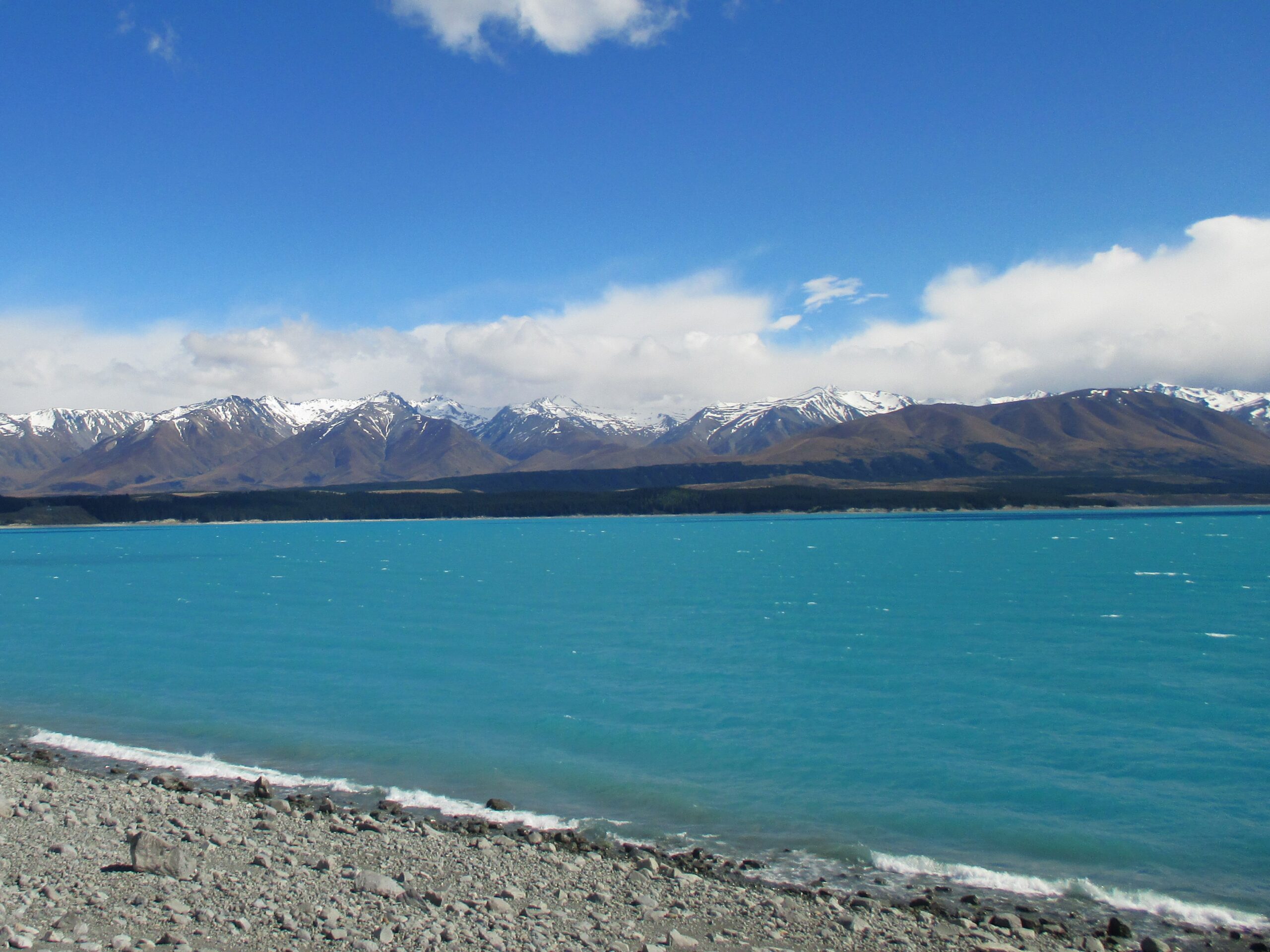Road trip: the South Island of New Zealand
Part two
On the first day on the South Island, I drove across the sprawling vineyards of Marlborough; a famous wine making region. The road then heads to the sea, and follows the coast south, as it led to one of my favourite places on Earth, Kaikoura. This region is known for dolphins and whales, as well as another adorable, if less elegant, creature – the New Zealand fur seal.
A seal colony resides north of Kaikoura, a stone’s throw from a parking area on the highway, making it an ideal place to stop and observe the seals. Next to the sea, large adult seals lie on the rocks overlooking the water, and they are happy to be watched by humans at a safe distance. You may catch a glimpse of two large males battling over females, and many bathing in the sun.

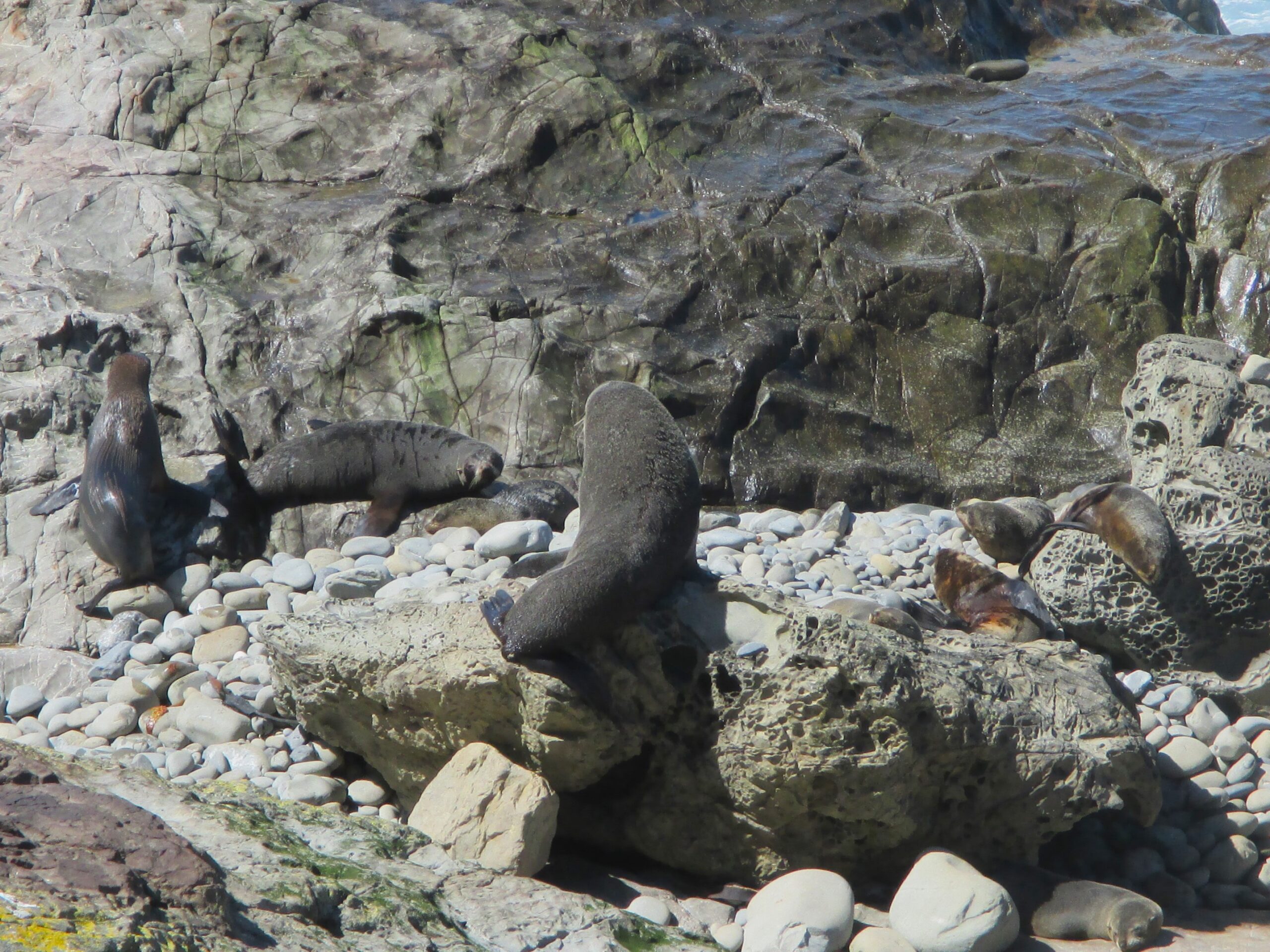

On the other side of the road, away from the sea, was a truly magical spot. A short trail into a wooded area leads to a small waterfall that flows into a shallow pool below. If this wasn’t picturesque enough, it had become a popular hangout for baby seals. The pups follow the stream to come and play – I saw them frolicking in the shallow water and sunbathing on the small rocks when the rays break through the trees.
Sadly, the site was damaged in an earthquake, making it temporarily inaccessible – though I understand access has since become restored. I truly hope that is so, as this is a unique chance to see these cute animals up close without disturbing or harming them.
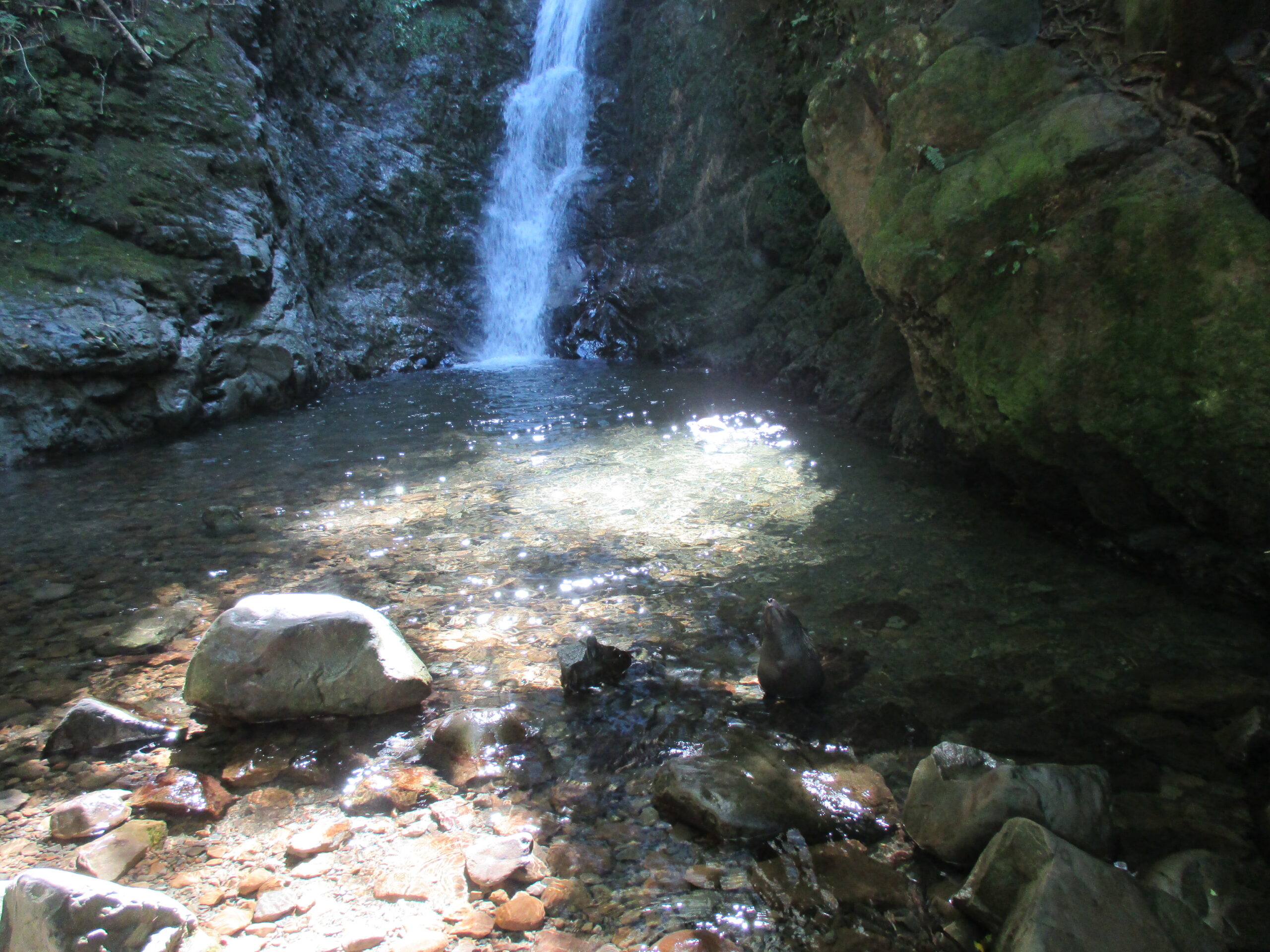
Tearing myself away from the seals, it was onto Kaikoura itself. The town is dominated by the tourist industry, with various activities available, including wildlife watching. Kaikoura also has many great eateries, including a bakery that serves great pies; it was a welcome stop for a road-tripper accustomed to cooking by the side of the road.
The beach at Kaikoura is another great Kiwi landscape. Snow-tipped mountains provide a backdrop to the waves crashing onto the shingle beach. The sun was out, and the deep blue sky merged into the turquoise sea below.
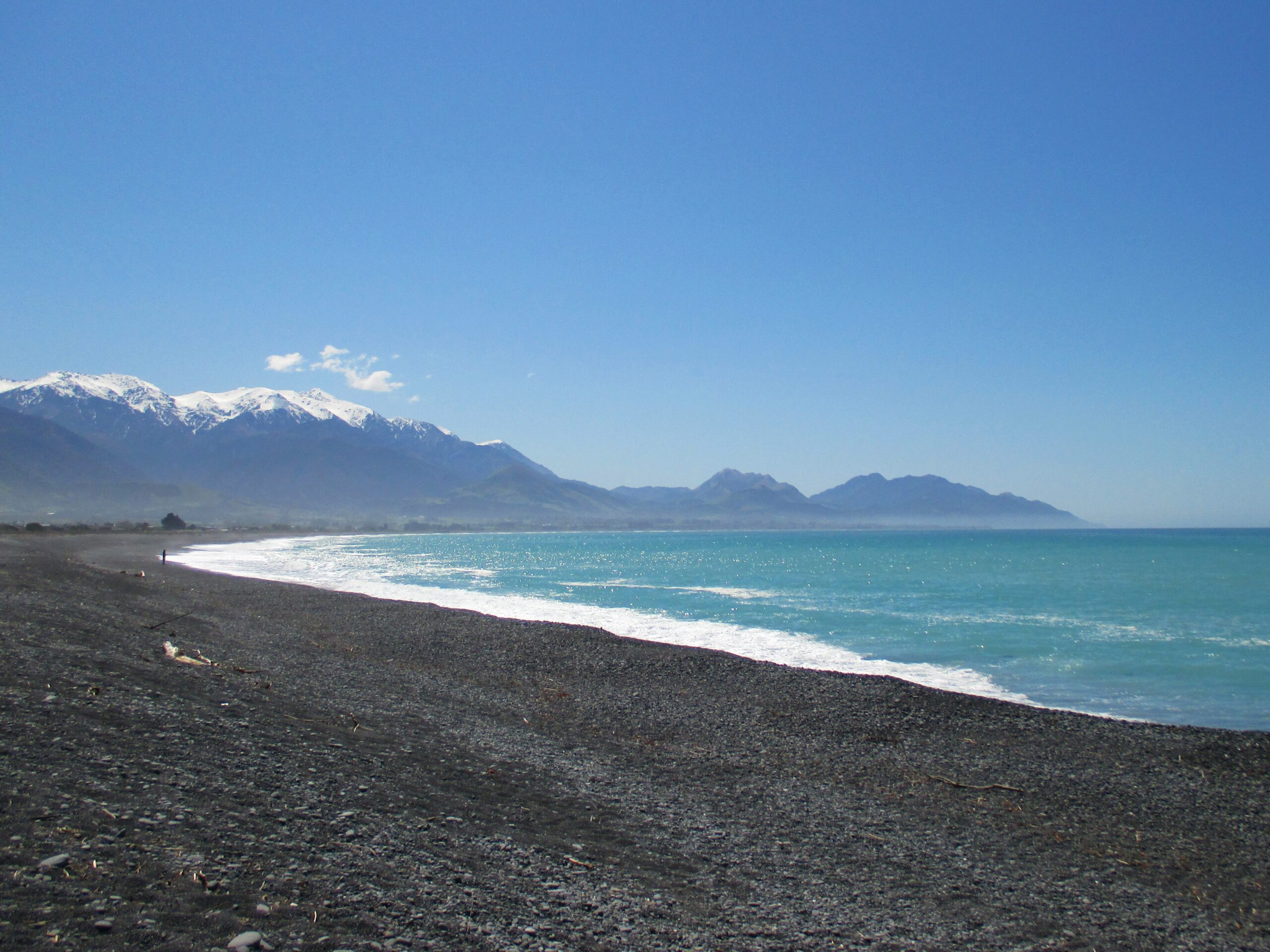
Around two and half hours’ drive south of Kaikoura is Christchurch. A park in the suburbs, away from traffic, served as a quiet spot to rest for the night. I feel slightly strange sleeping in a car when I’m closer to permanent residences – it feels more normal when I am out in the wilderness. I have never had any issues from locals, though. My sleep has only ever been interrupted by police officers or other passers-by concerned about my welfare (perhaps legitimately).
Continuing south from the city, the land extends out into the sea, in the form of Banks Peninsula. The peninsula is characterised by lush green hills and small inlets. The sole main road winds up and over the hills, by the waters’ edge, to the town of Akaroa. This previous French colony still flies the French flag above it. To explore further, there are smaller trail roads to countless bays along the desolate coastline. Here, when looking out to the Pacific Ocean, it almost felt like the edge of the world.

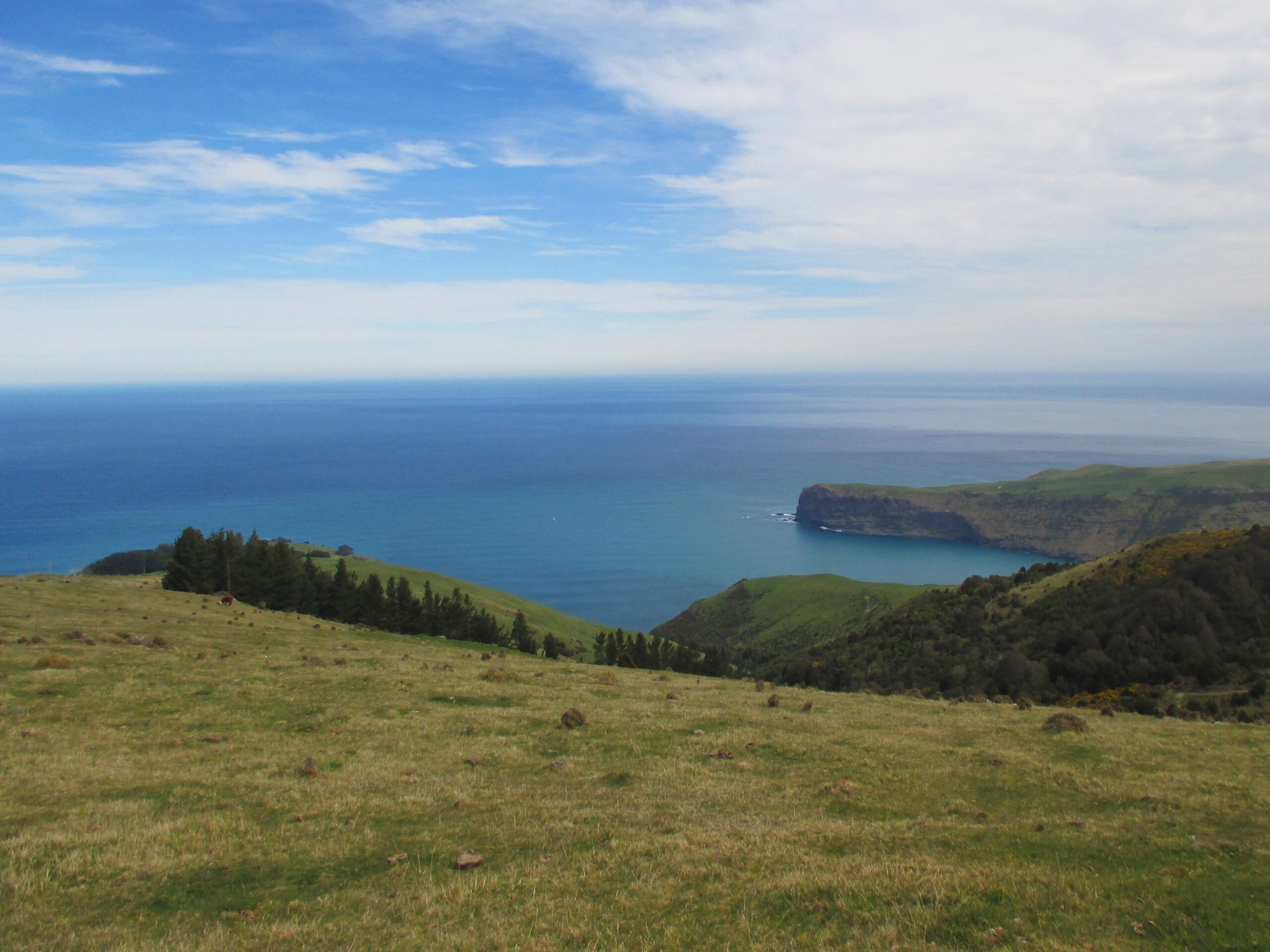
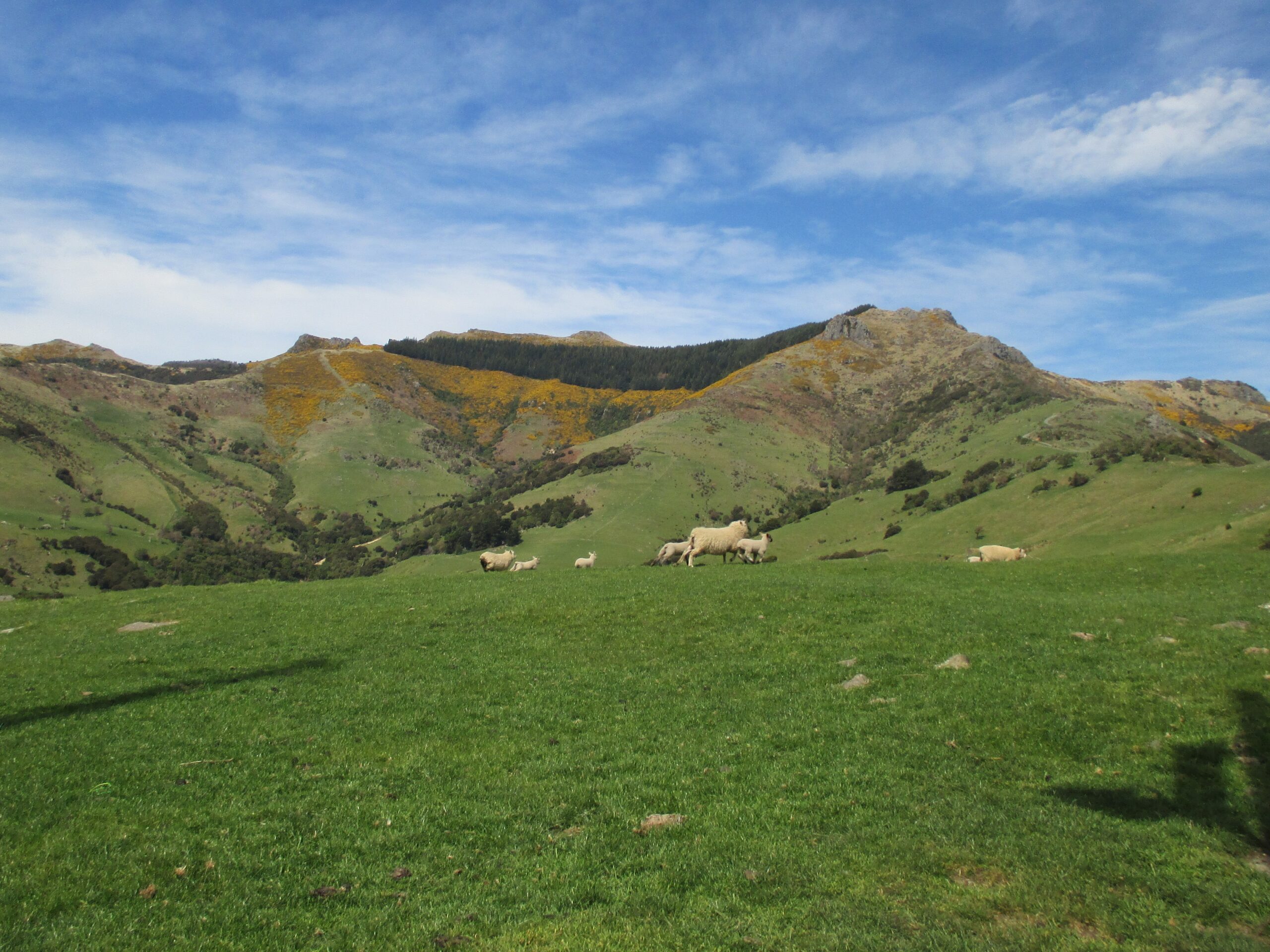
The road south from Christchurch and Banks Peninsula is removed from the coast, on an unusually straight stretch of tarmac, in a relatively flat region. After two hours’ drive, I took a route further inland, to the more mountainous zone, and the great lakes of Canterbury. As I passed the town of Geraldine (which happened to be my mum’s name) a magnificent sunset materialized, illuminating the clouds in a fantastic orange.
As darkness set in, the road started to climb. That night, sleeping in a pass between a small valley, I could feel the temperature drop the first time. Fortunately, I had prepared for colder climes, and the blanket kept me warm through the night.
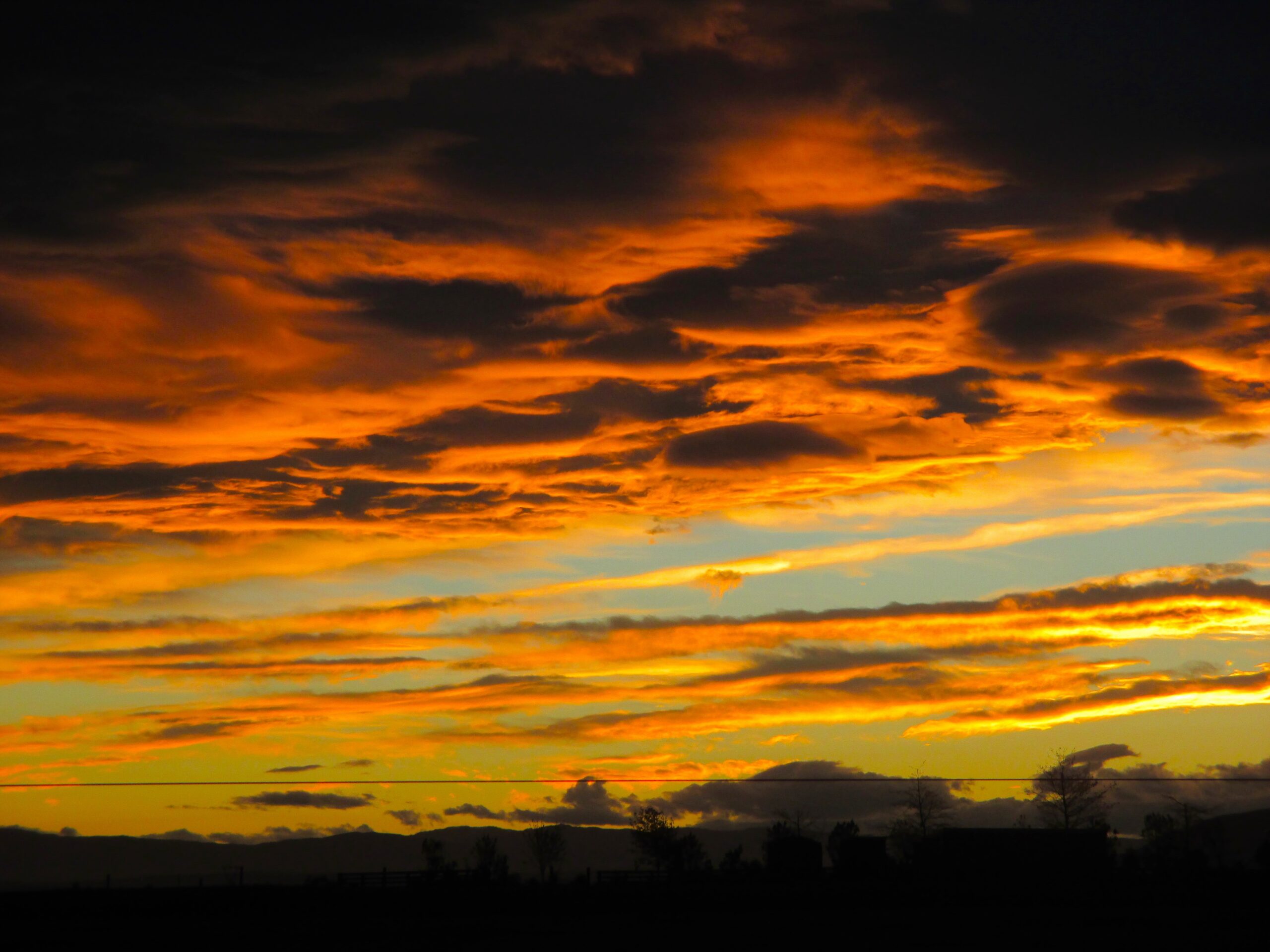
The next morning began with a gentle decline down the other side of the pass across great, open plains. More mountains weren’t far off, though. The road climbs through them at Burkes Pass, at an elevation of 709 metres, shortly before reaching some of the most beautiful sights in New Zealand.
Given its size, it was remarkable how Lake Tekapo suddenly appeared when I was driving towards it. The water is a sparkling deep blue, and it burst out of the landscape. The cause of the lake’s colour are the particles from the glacial melt, which explains why it is so striking. The view only improved as I came closer, and as I arrived at the lakeside, I stopped for lunch, to enjoy the view for a good half hour.

Amazingly, the equally impressive Pukaki Lake is only a short drive west of Lake Tekapo. At this second lake, a walk on the southern edge provides a dramatic contrast, as Mount Cook (Aoraki) – the tallest mountain in New Zealand – stands beyond the northern shore.
Even amongst other peaks, Mount Cook stands defiantly above its neighbours, towering over the road that approaches it on the western edge of the lake. At this moment, though, dark clouds began to gather, and the sight was lost to the incoming storm. With a promise to return another time, I turned south, where the sun still shone.
